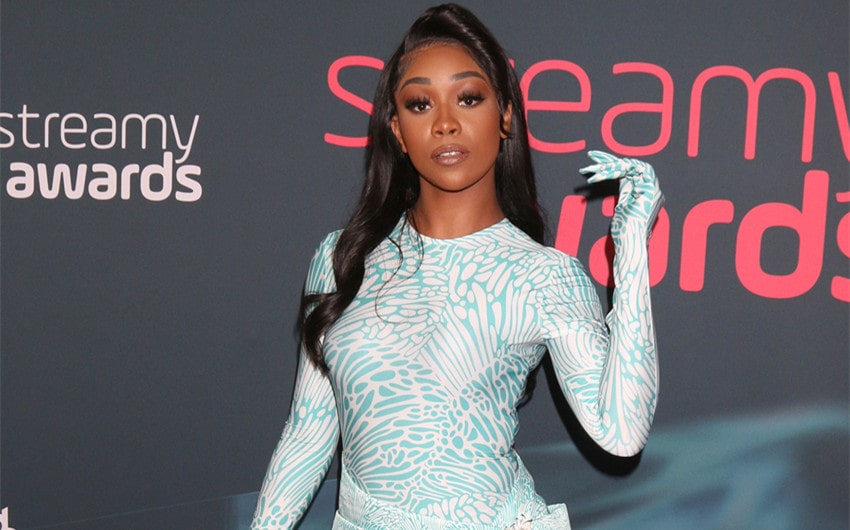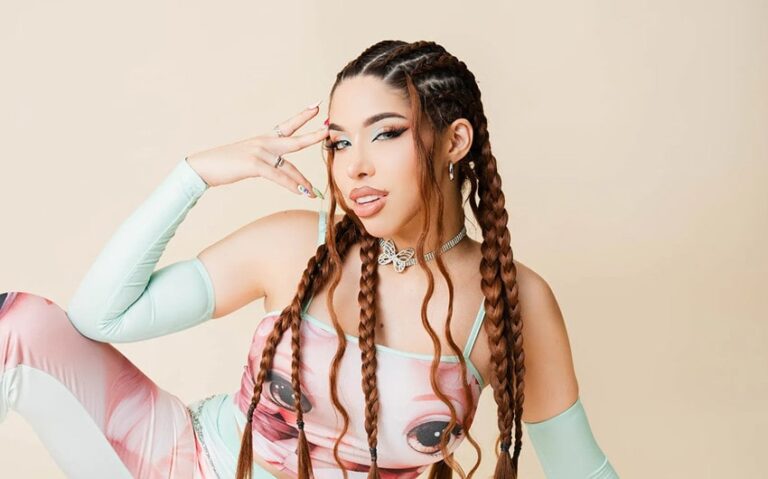What Pinkydoll’s OnlyFans Says About Online Fame and Digital Influence
Pinkydoll’s OnlyFans has stirred up just as much intrigue as her viral TikTok presence, but there’s a lot more to her internet fame than adult content alone. Known for her quirky livestreams, signature catchphrases, and unapologetic weirdness, Pinkydoll represents a new kind of digital celebrity—one that blends irony, sensuality, and viral savvy into a strangely compelling brand. While her OnlyFans adds another layer to her persona, it’s her ability to turn meme culture into a money-making machine that makes her a fascinating figure in today’s online world.
Who Is Pinkydoll?
If you’ve spent any time on TikTok or Twitter in the past year, you’ve probably encountered Pinkydoll. She burst into the spotlight through her now-infamous “NPC livestreams,” where she mimics video game characters using repetitive phrases like “Ice cream, so good” and “Yes, yes, yes!” Delivered with hypnotic energy and robotic gestures, her performance became an instant meme.
But Pinkydoll, whose real name is Fedha Sinon, didn’t just appear out of nowhere. She’s a Canadian content creator who previously worked as an exotic dancer and began experimenting with livestream formats during the pandemic. What started as a quirky TikTok experiment evolved into a fully-fledged digital persona that now spans across platforms—and pays quite well. Her performances are intentionally absurd, bordering on performance art, and have left audiences both entertained and confused.
That ambiguity is part of the appeal. Is she trolling? Is it satire? Is it just good business? The answer might be all three—and that’s exactly why she’s thriving.
The Viral Power of Pinkydoll’s Persona
Pinkydoll didn’t go viral by accident. Her content taps directly into what the internet loves: the bizarre, the unexpected, and the relentlessly repeatable. By acting like a non-playable character (NPC) from a video game, she offered something entirely fresh in a sea of similar TikTok dances and beauty tutorials.
Audiences clipped and shared her streams relentlessly, fueling millions of views on platforms like Twitter, YouTube, and Reddit. She became a living meme, instantly recognizable by her monotone delivery and exaggerated facial expressions. Her oddball charm quickly turned into a talking point on podcasts, reaction videos, and even late-night TV commentary.
Importantly, Pinkydoll leaned into the viral momentum instead of backing away from it. She didn’t try to rebrand or explain her content—she simply kept producing, riding the algorithmic wave to greater visibility. That ability to remain consistent while being totally offbeat is something many creators struggle with, yet she seems to pull it off naturally.
Pinkydoll’s OnlyFans: Extension or Disruption?
Given the attention she was generating, launching an OnlyFans was both a predictable and disruptive move. On one hand, it’s a common route for digital creators looking to monetize exclusive content. On the other, it added complexity to her brand. Pinkydoll’s OnlyFans isn’t just a typical glamour page—it’s another performance space where she blends sensuality with strangeness.
While she shares more provocative content on the platform, she often does so while maintaining her “NPC” style, staying in character even in adult-themed settings. This creates a kind of cognitive dissonance for viewers—it’s sexy, but also absurd. And in that tension lies the genius of her approach. She’s not just selling images; she’s selling access to a one-of-a-kind experience that her fans can’t get anywhere else.
The reaction to Pinkydoll’s OnlyFans has been mixed, of course. Some followers were surprised or disappointed, while others were thrilled to support her work directly. But perhaps the most important takeaway is that she has full control over her image and revenue stream. That’s increasingly rare in a digital landscape dominated by platform algorithms and ever-changing monetization policies.
Monetizing the Meme
Pinkydoll’s success is a textbook case in turning viral fame into tangible income. Her livestreams alone generate thousands in TikTok gifts and virtual tips. She reportedly earns substantial daily income during her peak streaming hours, and that’s before factoring in her OnlyFans subscriptions, brand shout-outs, and affiliate opportunities.
She’s not just making money—she’s doing it on her own terms. Pinkydoll capitalizes on her meme status without becoming a prisoner to it. Many creators go viral once and then disappear, unable to keep the momentum going. Pinkydoll has done the opposite: she’s diversified, adapted, and continued to evolve her content while staying true to her quirky persona.
Her business model also reflects a deeper shift in how influencers approach monetization. Instead of relying entirely on brand deals or ad revenue, Pinkydoll uses direct-to-fan platforms like OnlyFans and TikTok Live to build more stable, audience-driven income. It’s a modern strategy that gives creators independence and flexibility—two things the traditional entertainment industry rarely offers.
Reinventing the Influencer Blueprint
In many ways, Pinkydoll is rewriting the rules of internet fame. She isn’t conventionally glamorous or polished in the way many influencers try to be. She embraces cringe, leans into weirdness, and turns every interaction into part of her ongoing character performance. And yet, she’s undeniably influential.
Her brand challenges the standard influencer aesthetic, replacing it with something more surreal and unpredictable. Where others might post staged vacation photos or morning routines, Pinkydoll is online licking imaginary lollipops and repeating robotic phrases for hours—and people can’t look away.
This blending of performance art, parody, and adult content isn’t just entertaining—it’s strategic. By refusing to be pinned down to a single genre or expectation, Pinkydoll creates space to constantly evolve. Whether she’s streaming live, posting memes, or engaging with subscribers on OnlyFans, she stays one step ahead of the curve.
What Her Strategy Teaches About Modern Internet Culture
Pinkydoll’s rise reveals a lot about how digital fame works in 2025. First, it shows that being different—truly different—still matters. The internet is saturated with polished creators and lookalike content. What stands out are the unexpected voices, the people who break the mold without trying too hard.
Second, it proves that performance is currency. Pinkydoll’s entire brand is a kind of ongoing show, and people tune in for the character just as much as the creator. This theatrical approach to content creation may seem silly at first, but it’s actually quite sophisticated in terms of engagement and retention.
Finally, her OnlyFans presence underlines the importance of ownership. Instead of being boxed into one platform or one type of content, she’s chosen to explore different avenues that all serve her unique digital identity. It’s a model that rewards risk-taking, authenticity, and smart monetization.







